Oecophylla smaragdina
429,90 zł
Worldwide shipping
Free delivery over 999 PLN
The highest quality of goods
Live delivery guarantee
24/7 Personal Support
Fair Prices
Description
Looking to learn about fascinating creatures? Meet Oecophylla smaragdina, the green weaver ant. This comprehensive guide covers their colony type, size, development speed, nutrition, and more. Discover the unique characteristics and captivating behavior of this remarkable species.
Additional information
| Behavior | |
|---|---|
| Difficulty in breeding | |
| Origin | |
| The size of ants | |
| Wintering |
Oecophylla smaragdina
Colony Type: Monogyny
Colony Size: Up to 500 000 workers
Development Speed: medium
Size
- Queen: 16-22 mm
- Workers: 4-11 mm
Color: Oecophylla smaragdina apart is their vibrant green color. Picture a sea of mesmerizing emerald bodies at work. However, it’s worth noting that the shade of green may vary, and some individuals may exhibit hues of yellow, orange, or even red. To add to their visual appeal, their chest and legs have a light brown coloration, creating a striking contrast against their green bodies.
Nutrition
- Food insects (such as cockroaches and crickets) dead, or live if colony is big
- Syrup (a mixture of water and honey or sugar, with a ratio of 3 water:1)
- Fruits and vegetables
- Jelly
- Cooked chicken without salt, shrimps
- Honey
Don’t forget to check out our food products to ensure a well-balanced diet for your colony!
Humidity and Temperature
- Humidity: Arena: 50-70%, Nest: 60-80%
- Temperature: Arena: 25-33 °C, Nest: 24-29 °C
Foraging and Canopy Gardens
Oecophylla smaragdina is known for its remarkable foraging skills, as they scour the treetops in search of sustenance. They collect a wide variety of food sources, including insects, nectar, and sweet secretions from other insects. However, what truly sets them apart is their unique ability to cultivate their own food source. They create “canopy gardens” by planting specific plants and trees that produce nectar-rich flowers, ensuring a reliable source of nutrition for the colony.
Some of the preferred plants for their canopy gardens include mango, citrus, and cocoa trees. These trees provide a constant supply of nectar that the ants can access and, in turn, protect from herbivorous insects. This beautiful symbiotic relationship between the ants and the trees has been studied extensively by scientists and is a testament to the remarkable adaptability and intelligence of Oecophylla smaragdina.
Habitat Requirements
Oecophylla smaragdina primarily resides in tropical and subtropical regions such as Southeast Asia, Australia, and parts of Africa. They thrive in warm and humid climates, making dense forests and mangrove swamps their preferred natural habitats. These environments provide them with the necessary resources, such as suitable vegetation for nest-building and abundant food sources to sustain their large colonies.
Nests and Nest-Building
Speaking of nest-building, Oecophylla smaragdina is known for its remarkable construction skills. These ants create intricate nests by weaving leaves together using silk produced by their larvae. The workers use their mandibles to grip the edges of leaves and pull them together, securing the structure with their silk. This ingenious weaving technique provides a safe and secure home for the entire colony.
It’s worth mentioning that although Oecophylla smaragdina primarily constructs nests in trees, they can also create nests on a variety of surfaces such as rocks, buildings, and even human-made structures like bridges and electrical wires. Their versatility and adaptability are truly awe-inspiring.


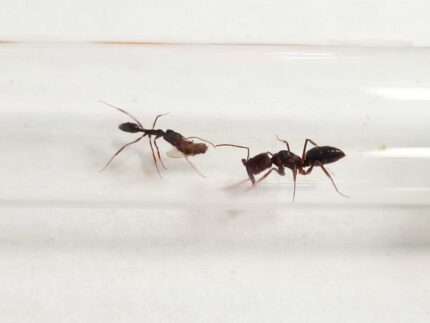
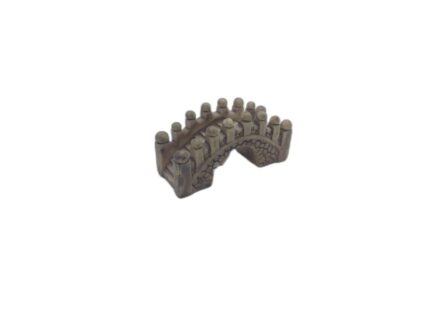
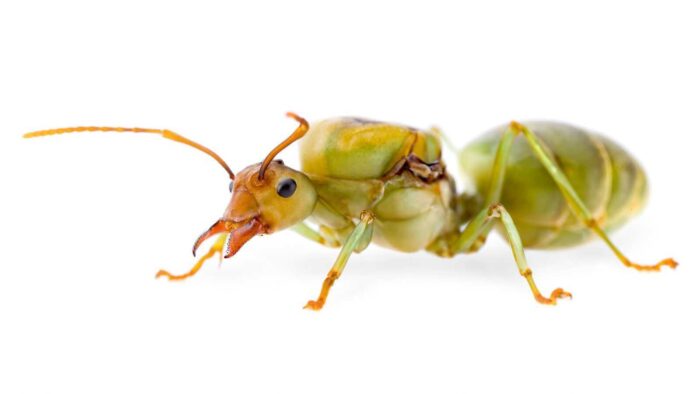
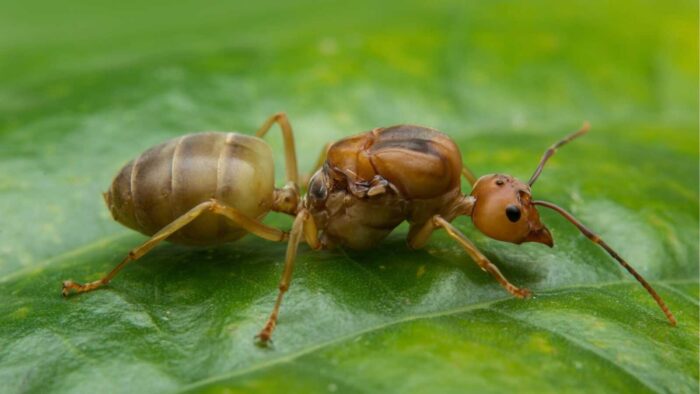
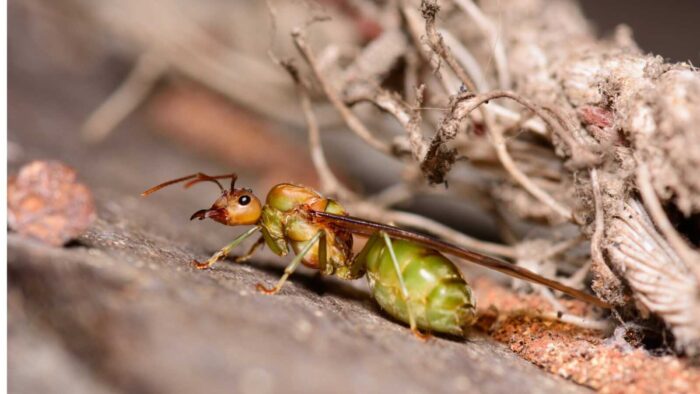
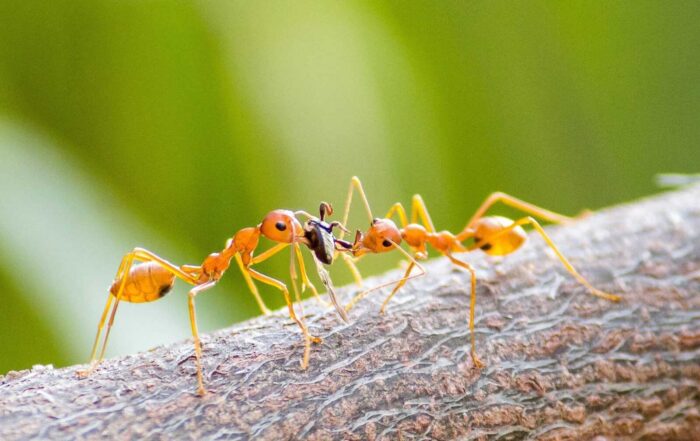
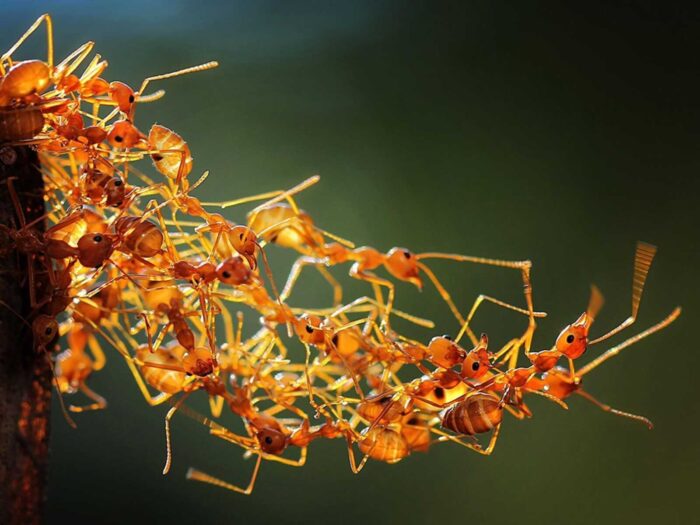




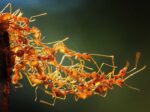


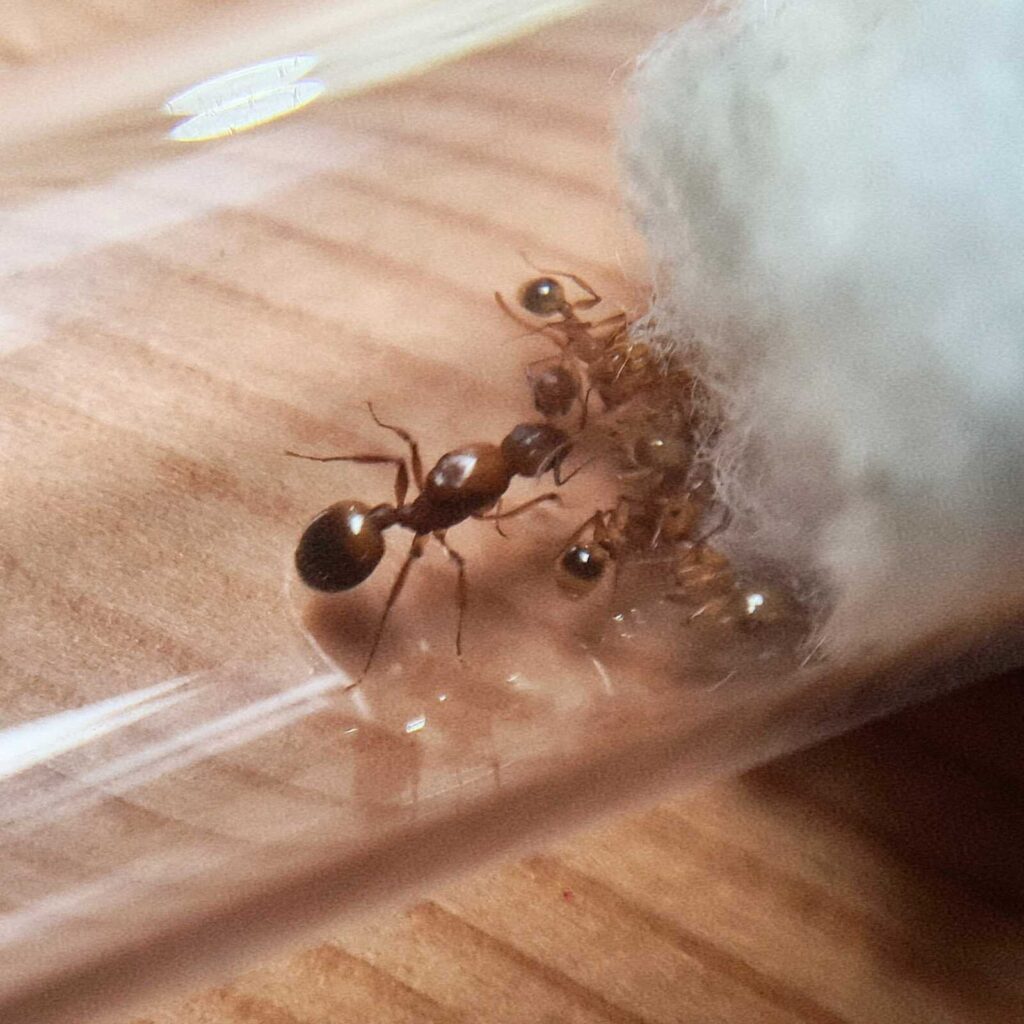
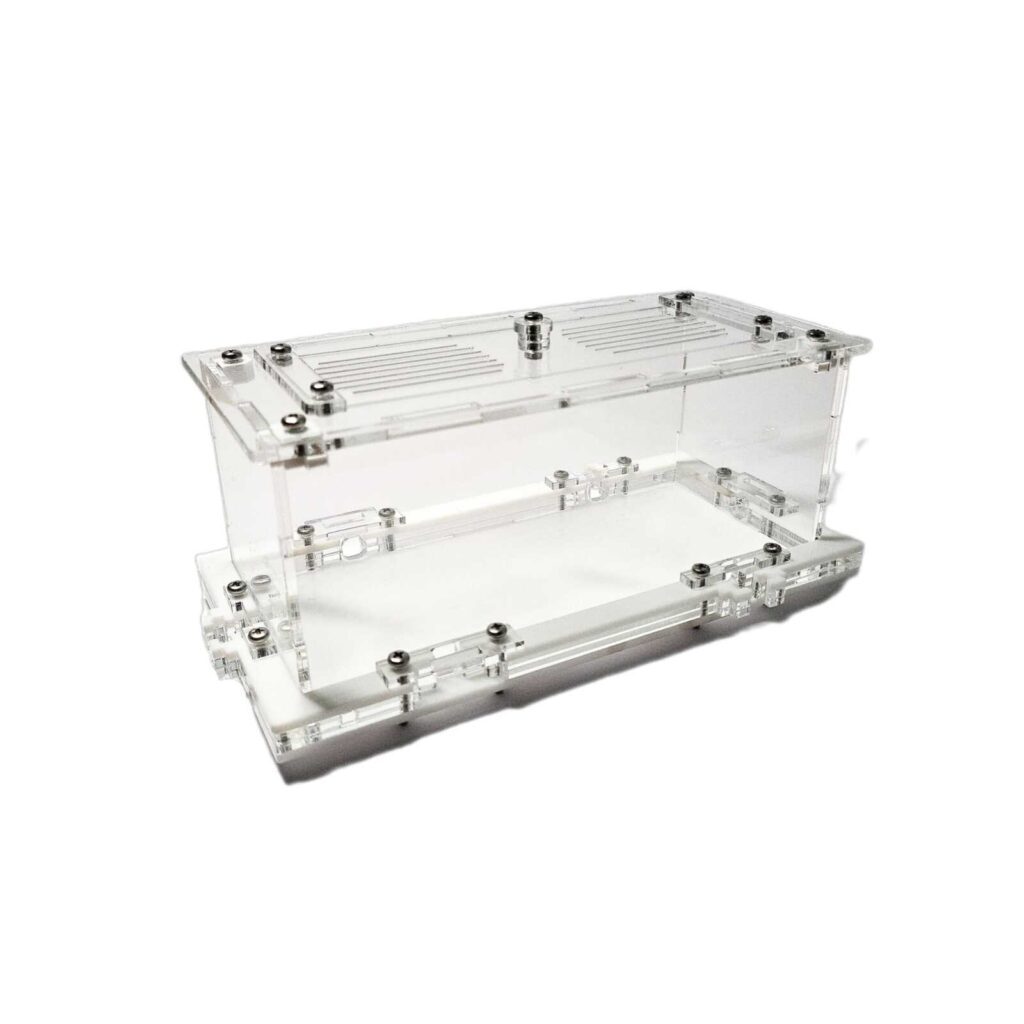
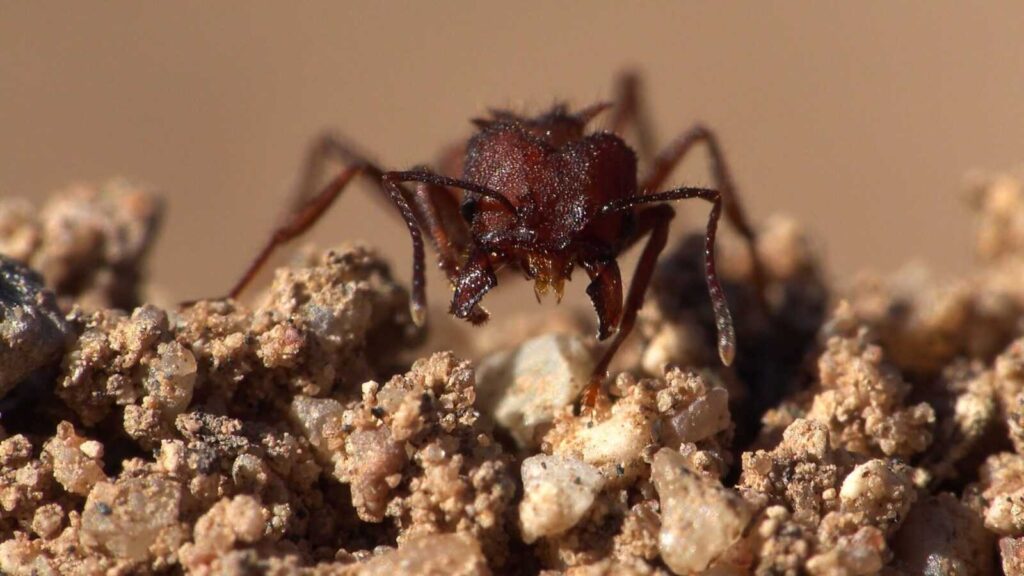
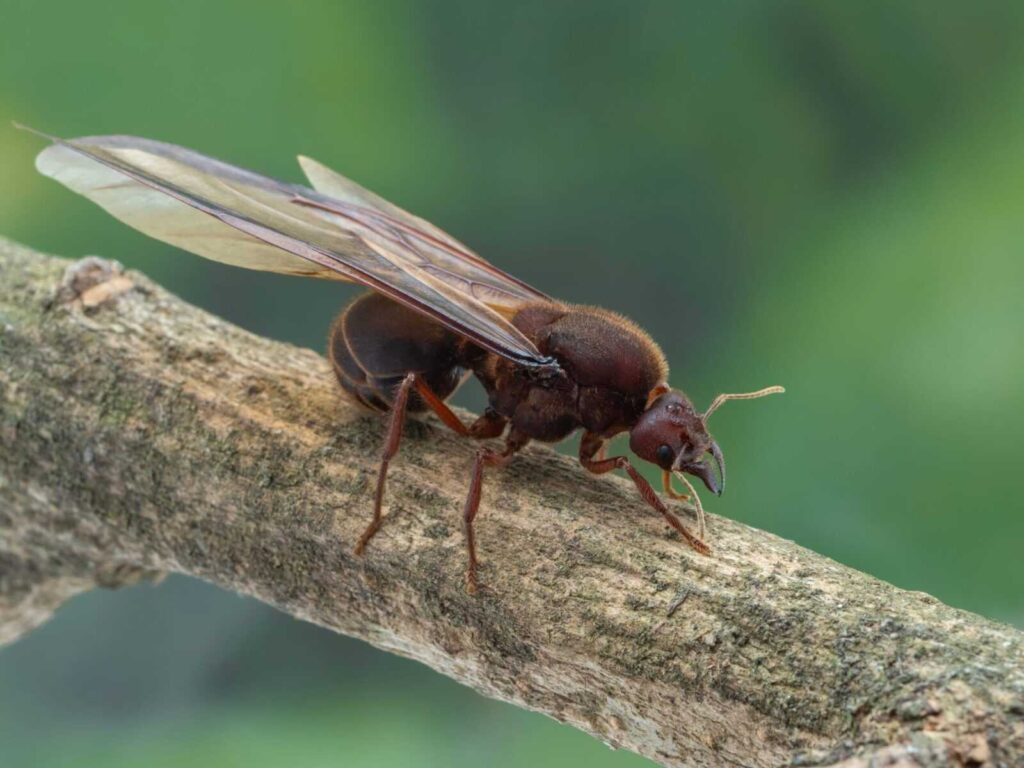
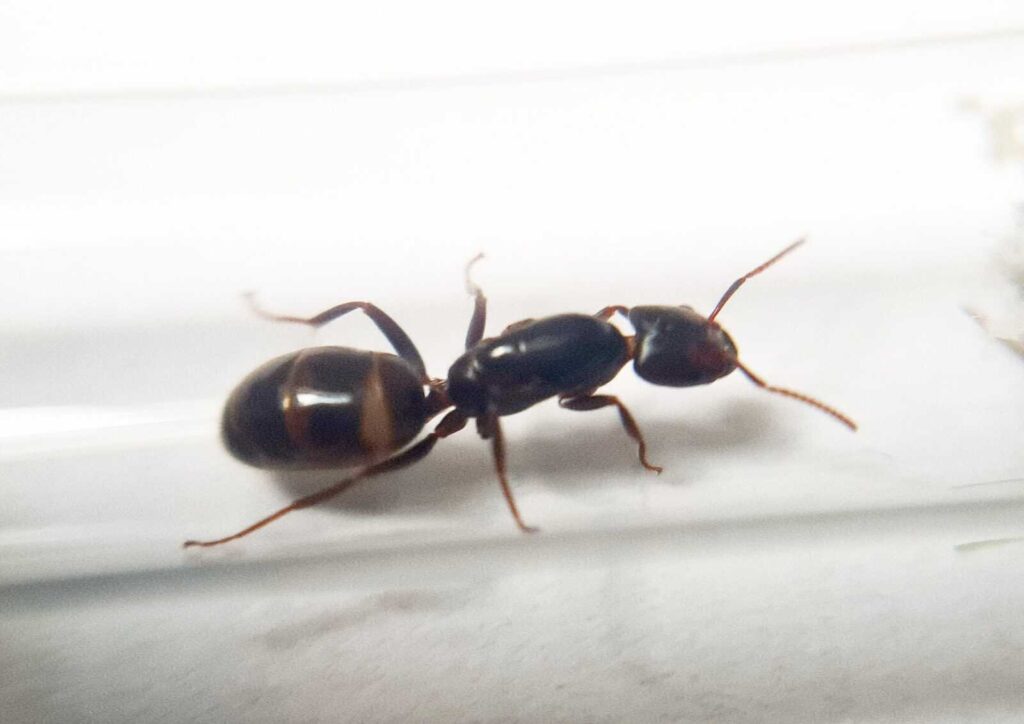
Reviews
Clear filtersThere are no reviews yet.